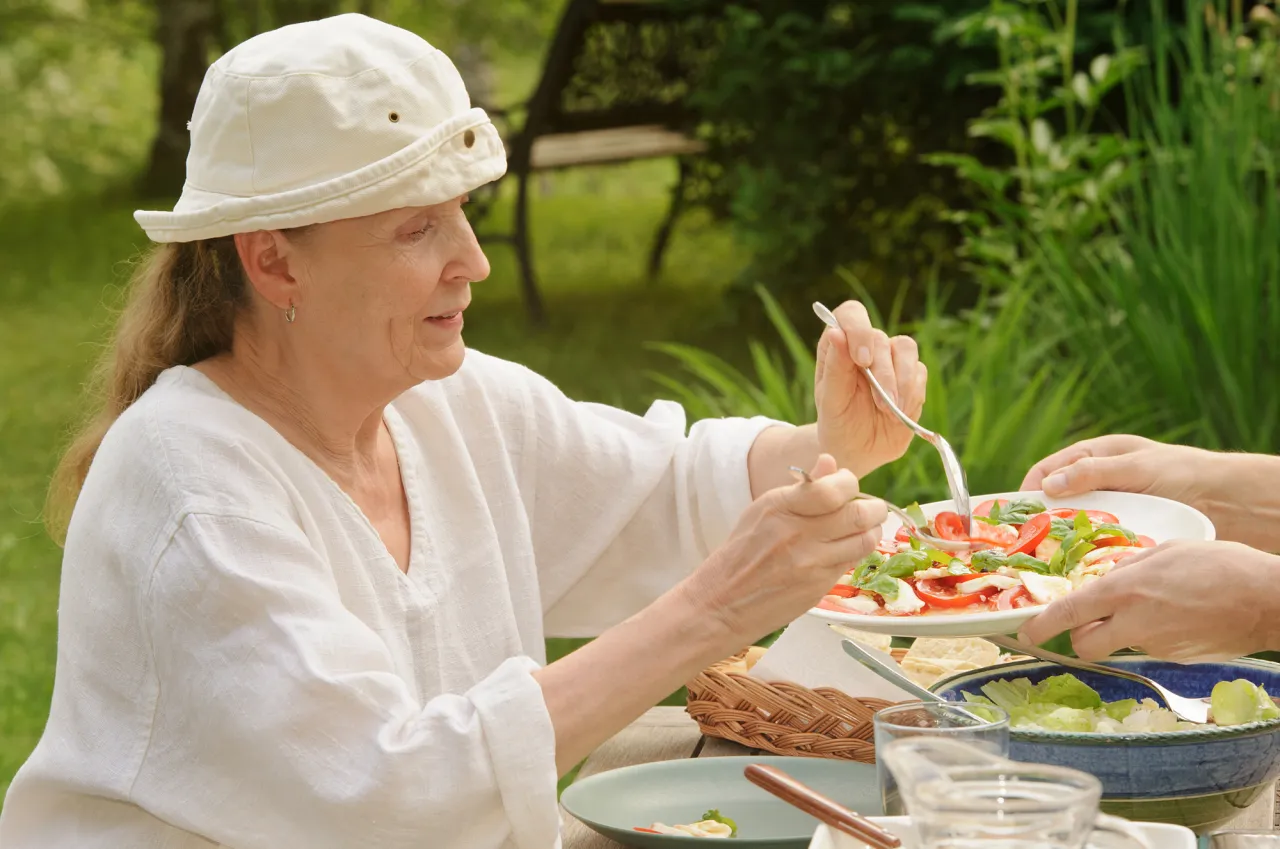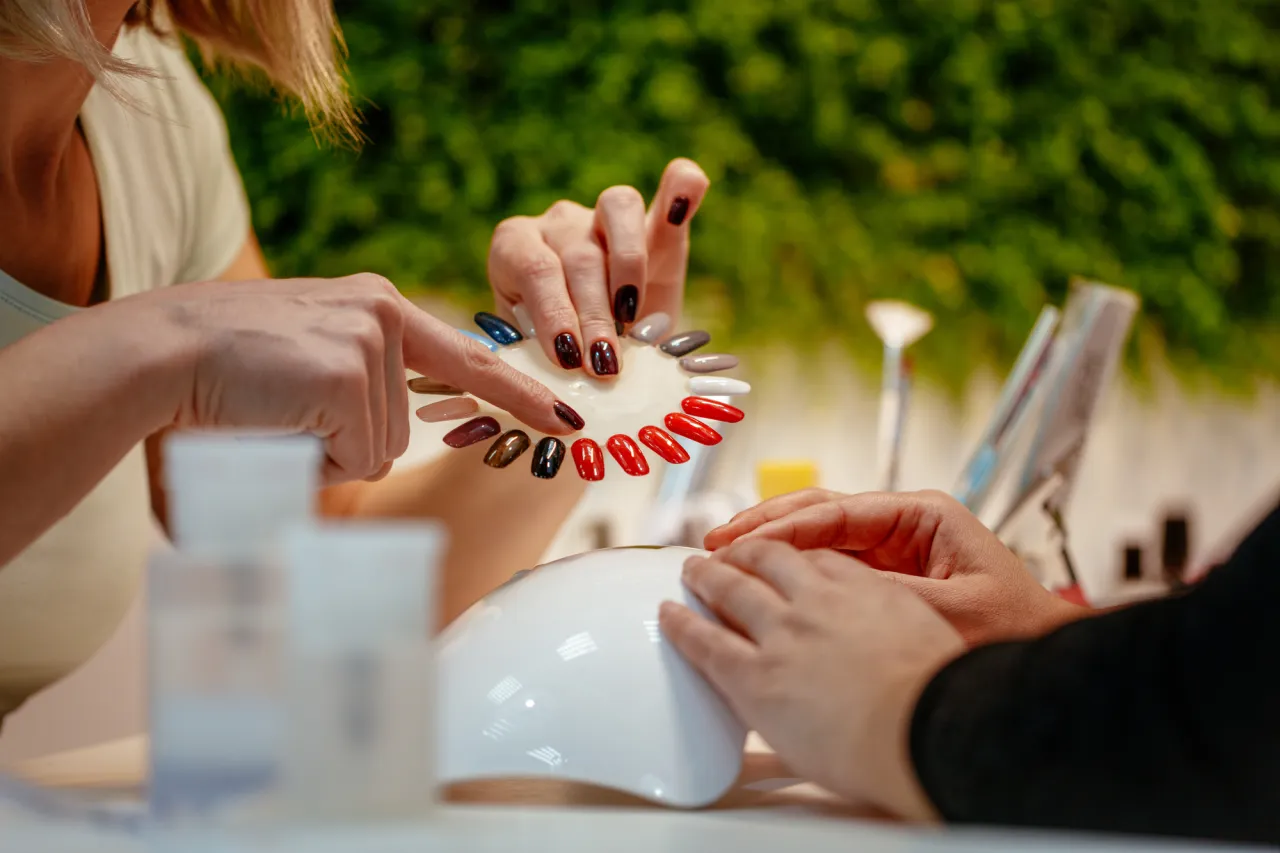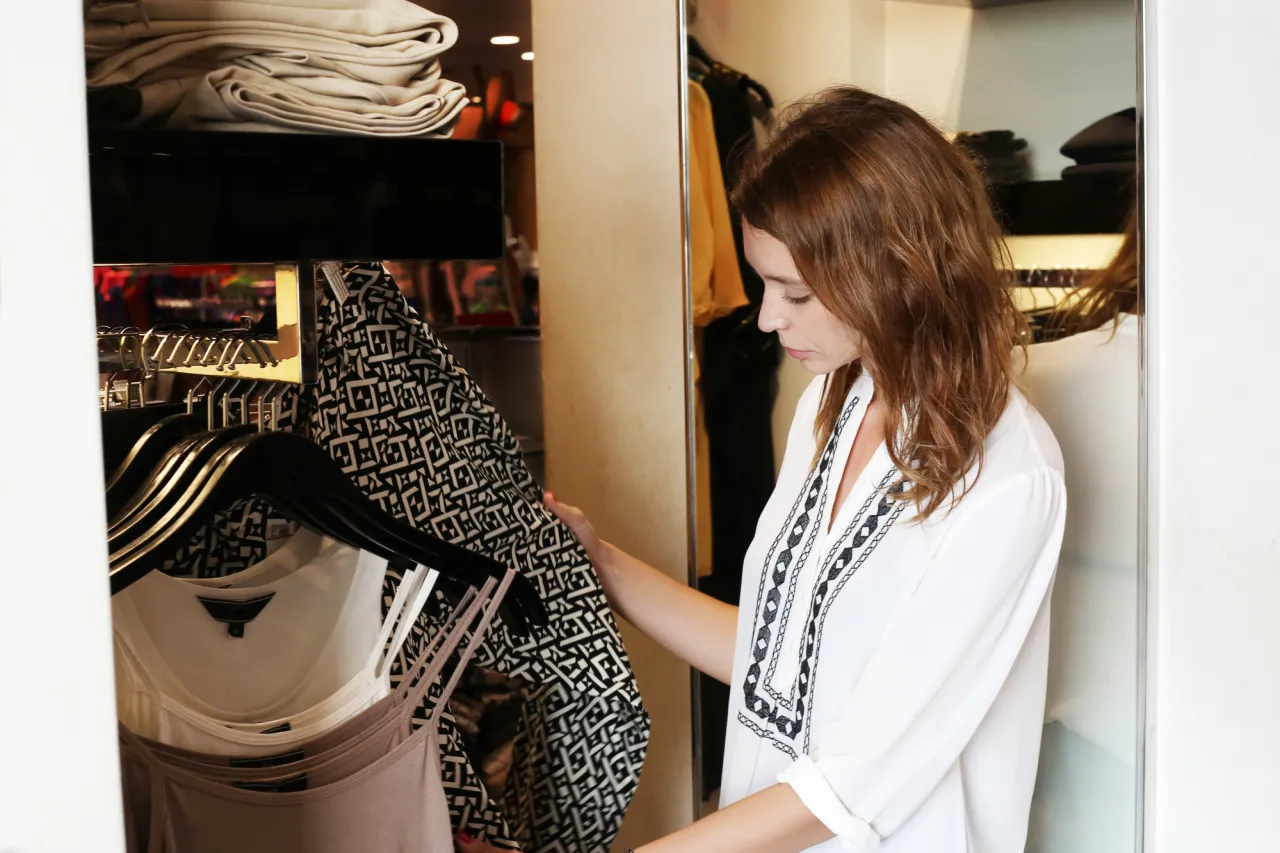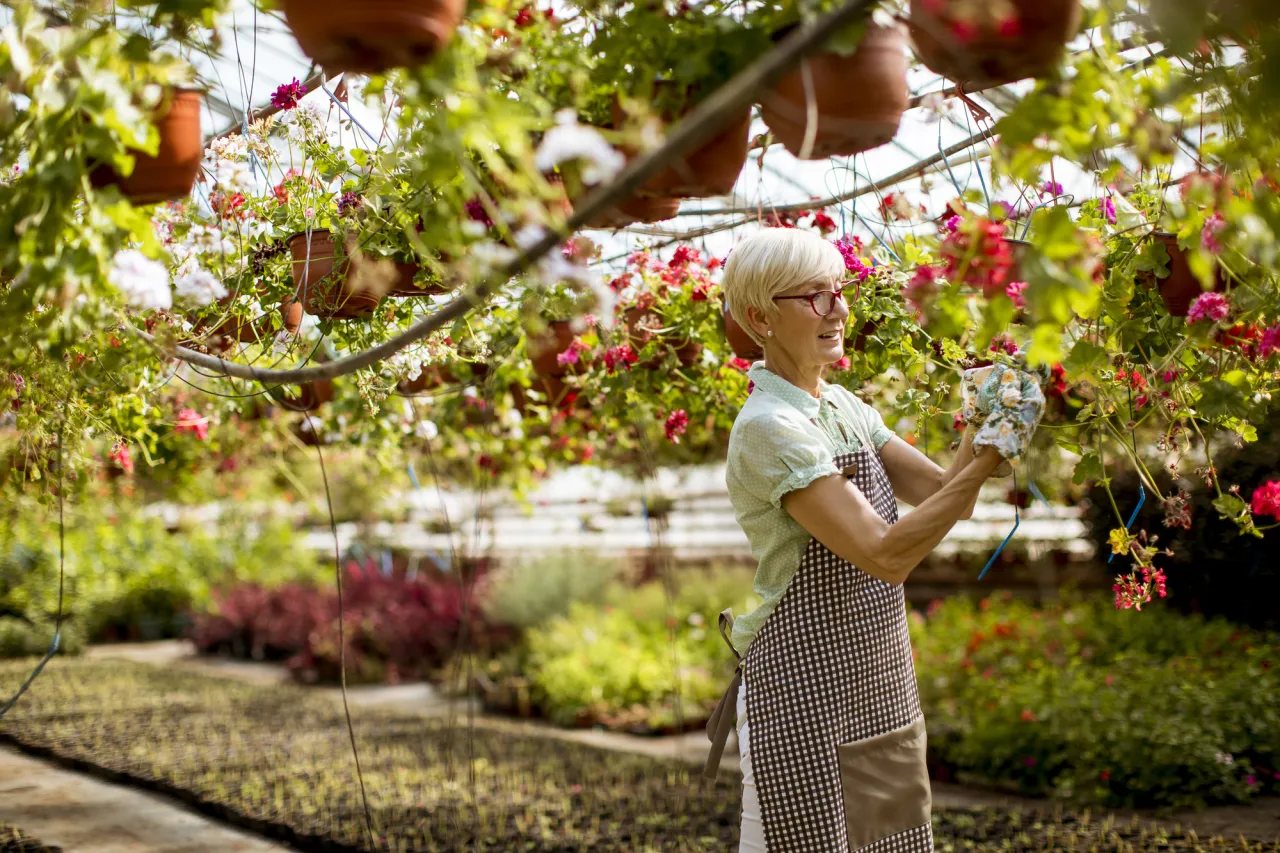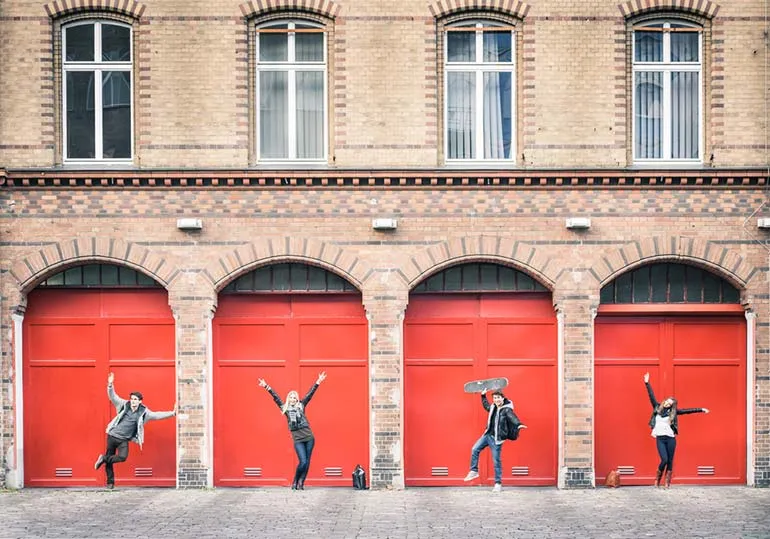Rethinking Photography Cliches in the New Decade
Time flies, trends change but the only thing that remains the same for many years is stock photo cliches. A couple of years ago we encouraged our clients to not fall in the trap of cliche stock photography. We wrote guides on those outdated types of images that no longer have a place on the market. And just for fun, we created a test so you could figure out which stock photography cliche you are.
If we have a closer look at what a cliche is, we’ll come to the conclusion that the term implies something that has become overused or, interestingly, lost its original meaning. You may be familiar with some “legendary” cliches such as a woman laughing alone with a salad and cheerful seniors. These types of images had a time and place in stock photography but times have changed, and so has the market.
The outdated cliches of 10-20 years ago no longer seem relevant, except for being a form of entertainment. In this article, we explore a number of ways in which you can work around cliches and rethink old concepts to produce more authentic shots.
Woman laughing alone with a salad vs woman eating a salad
On every stock photography platform, you’ll be able to find at least a hundred images of mysteriously joyous women eating their salad. The idea to illustrate a woman that is following a healthy lifestyle and enjoying a green salad appeared around the 2000s. At that time, it was popular and perhaps, creative. It took off rapidly, as for all publications, both print and digital, it was a go-to concept to illustrate articles on diets, healthy living, and other similar topics.
With time, the image of a woman laughing alone with a salad became really overused but also people started asking questions. Why is she laughing? What’s so funny about the salad? The authenticity trend changed the way audiences perceived photography concepts, and what was popular a decade ago now seems odd without context.
However, this does not mean that clients to stock photography platforms don’t require images on the topic. On the contrary, more and more people become adherents of a healthy lifestyle as a lot of affordable products appear on the market. Today, there’s actually a demand for authentic, candid, and real photography that would relate to mass audiences.
You can shoot a woman cooking a salad, a woman eating a salad with cutlery, a woman shopping for groceries, or a woman arranging a table with healthy dishes instead of the cliche. Besides, clients appreciate diversity and, again, authenticity. Over-processed stock photos with models with fake smiles have been replaced by diversity and women of different age, race, and ethnicity.
Tough choice vs infinite choice
Another photography concept stuck in the 2000s is a tough choice. Indeed, it’s not easy to visualize a person facing a dilemma but a tacky illustration of a man standing on the crossroads or a close-up of road signs should not be a solution for stock contributors in the next couple of years. Moreover, in 2020, the decision-making process is not limited to choosing between two items. The choice is almost infinite.
There’s an abundance of products and services on the global market and more often than not people look at hundreds of items at a loss, trying to figure out what exactly they need. This is what photographers should strive to visualize.
However, if you want to experiment and visualize this concept in an abstract way, keep in mind the technological potential of the world. Sometimes, AI in our smartphones and computers helps us make a choice or even makes it instead of us. Thus, you can illustrate the tough choice concept by including a gadget in the frame.
Laptop with hands vs remote work
Laptop with hands has also been a go-to concept. It was used to illustrate creativity, online shopping, and any other online activity. This type of stock photo was in demand for many years, as by choosing it, clients could save time and appeal to mass audiences in a matter of minutes.
However, the contemporary world is highly personalized. It is very unlikely that clients would pay attention to an image that they can’t relate to. You’ll ask why? Because a laptop has been so overused, that we often disregard these images. It says nothing about the age, the occupation, or the interests of a person illustrated. Moreover, the image of hands with a laptop does not even hint what your article, product, or services is about.
Depending on a subject, try to illustrate the concept more precisely. When planning a photoshoot, consider your potential clients and make an image that is authentic but also translates information, provides context, and complements a niche.
Bossy boss vs self-made entrepreneur
Photography concepts that have become a cliche usually illustrate stereotypes deeply rooted in a particular culture. For instance, the concept of a bossy boss is not only inherent to stock photography. You can spot it in movies, series, and TV shows created two decades ago when attending office was a must.
In addition to being a stereotype, the bossy boss concept translates a false understanding of how a C-level manager or an owner of the company looks like. Really, have you ever met bosses that did not care about their business so much that their assistants had to urge them to reply to phone calls? It’s unlikely that you have.
Apart from the fact that today, many workers have flexible schedules, you don’t need to have a physical office to run a business. The business world has changed, as well as the way people run it.
In 2020 and given the current state of affairs, many bosses are staying at home with their families and trying to be productive as well. They take calls on Zoom or Skype, look for solutions, and most likely have children, pets, or other family members around. Moreover, modern businesses try to establish an ethical culture, and the communication gap between bosses and their employees gradually decreases.
A concept of a self-made entrepreneur comes to replace the bossy boss. It is to illustrate the human side of business owners and managers and to show the changes in the way business is done. Here’s a gallery of the types of stock images in demand today.
Happy women shopping vs people shopping online
You’re definitely familiar with this stock photo cliche. Different photos of women smiling, posing, and holding shopping bags have been used thousands of times for hundreds of purposes. Some clients to stock photography platforms used them as billboards or banners to advertise shopping malls, others printed them as flyers to announce discounts, while online magazines downloaded images of happy women shopping for every theme-related article.
However, overusing this photography concept is one thing. Another thing is that it is very gender and age-specific. Aren’t men shopping as well? Don’t teenagers or seniors shop? Don’t families of two, three, or four shop together? And there’s one more question. Aren’t people preferring shopping online nowadays?
The concept of happy women shopping is not relevant anymore. First of all, because not all women are always happy about having to do hours of shopping. Secondly and thirdly, many shop together with their families or friends or simply do it online. Let’s get with the times.
If you decide to shoot this concept, consider different ways of portraying online shopping and try to diversify the age and gender of models.
Fictional networking vs real networking
Some stock photography cliches just stick to us and they’re hard to take out of the system. This is particularly true for the concept of networking. When the Internet gained momentum and networking started to be about online communication as well, photographers were wondering how to translate the idea to audiences. Perhaps, the best solution they found was to take a photo of a man and during the post-production stage, make him pull fictional networks that symbolize communication.
Back in the 2000s, such an approach to photography was cutting-edge. However, as for today, the concept of fictional networking has been used too often and became outdated from the technological point of view. If a photographer was to visualize all the networks on the web, there would be millions of lines that cover the image. There has been a preference for this representation of networking as a concept, but it just doesn’t work with the reality of this decade.
To put it simply, you just need to take photos of people chatting and enjoying themselves. Whether it’s a businessman, an artist, or a student – the way people communicate and network stays the same for everyone. Moreover, after the quarantine, people will definitely spend more time communicating in real life, likely preferring it to networking in the digital realm.
Cheerful seniors vs authentic seniors
Capturing aging gracefully is one of the unexplored themes in stock photography. Although you can find a lot of images of old people in libraries, most of them look identical: they depict cheerful seniors. The roots of this cliche trace back to the advertising of the 2000’s when all emotions and activities were hyperbolized for greater influence. At that time, stock photographers shoot seniors that are laughing, doing sports, playing with grandchildren, travelling, and gardening without ever being tired or sick because that was the demand of the market.
Today, authentic images of seniors are still hard to come by. In 2020 and further, photographers should try to visualize not only that one happy side to aging. They are to show wrinkles, rest, and activities in which seniors really engage nowadays. These might be gardening, walks, and time in front of the TV. If you need more ideas on how to illustrate this topic, just explore the lifestyle of your parents or grandparents. You’ll get a lot of inspiration from them as well as ideas that better correlate to the joys and struggles of the elderly.
Most of these stock photography cliches have been with us for years. As the world has changed, so has stock photography. There was a place for stock photo cliches a decade ago but times are changing. We’re seeing a bigger inflow of authentic shots that appear to be replacing outdated concepts and ideas.
We hope this article helped you understand how you can work around stock photography cliches in the following years. In short, you just need to pay more attention to authenticity and give a modern and creative touch to old concepts.
For more inspiration check out our special project: Art Photographers Vs. Stock Cliches



